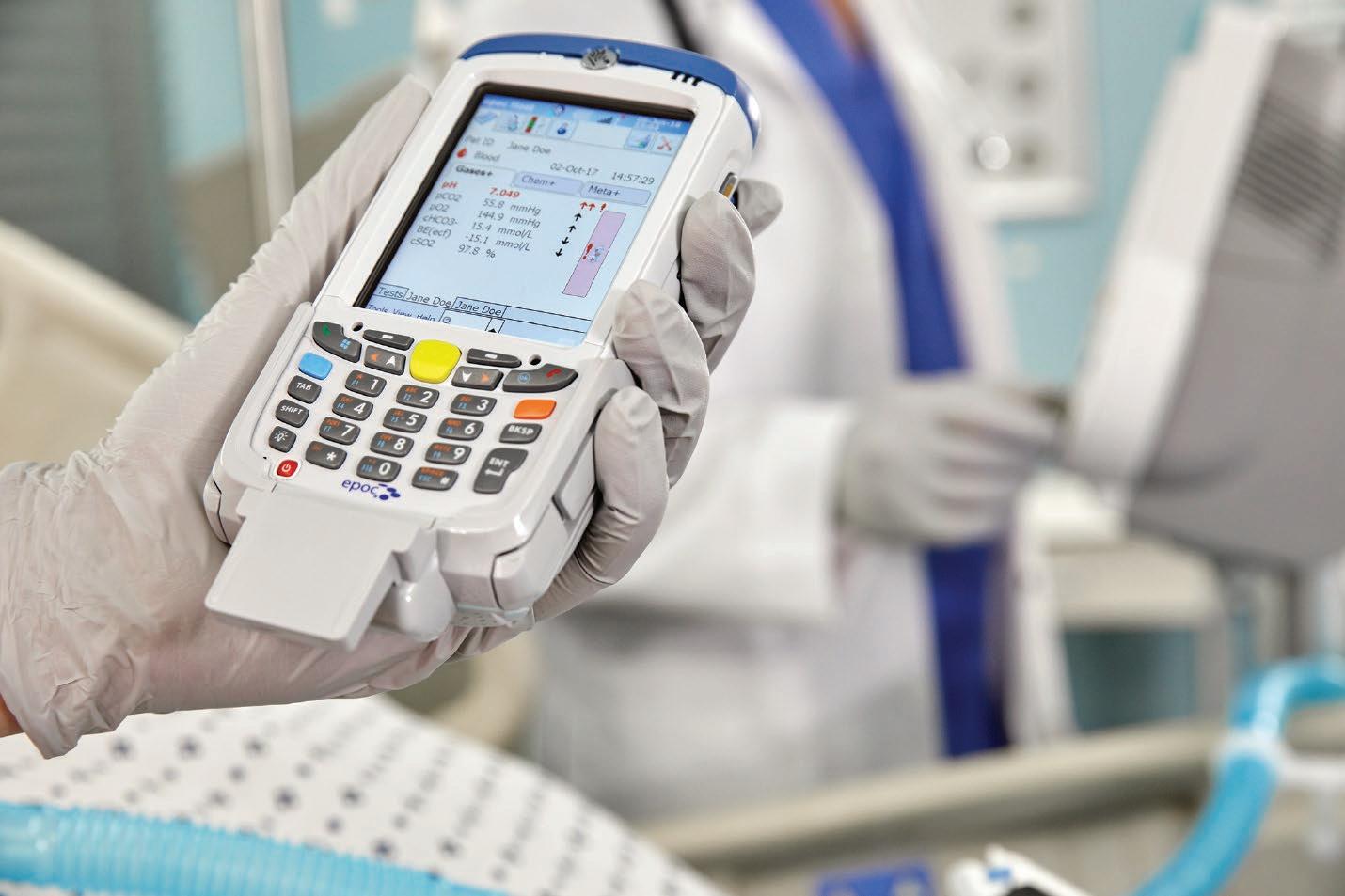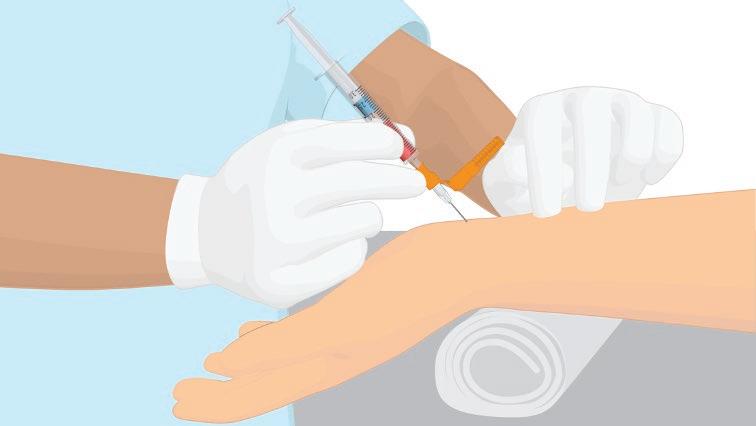IMPROVING THE DIAGNOSIS AND MONITORING OF CRITICALLY ILL PATIENTS AND THE ROLE OF BLOOD GAS TESTING
Clinical Guidelines and Recommendations for Blood Gas Analysis Sophie Laurenson, BSc. BSc. (Hons.), PhD. (Cantab), EMBA, MRSNZ The American Association for Respiratory Care (AARC) published Clinical Care Guidelines for Blood Gas Analysis and Hemoximetry in 2013, recommending analysis to evaluate the oxygenation and acid-base status of patients presenting in acute settings.
Introduction
Clinical guidelines are statements issued by healthcare organizations, government entities, or non-governmental organizations that include recommendations proposed to optimize patient care
Clinical guidelines are statements issued by healthcare organizations, government entities, or non-governmental organizations that include recommendations proposed to optimize patient care. Guidelines are developed by disease area or discipline specialists, informed by systematic reviews of clinical and scientific evidence44. An assessment of the potential benefits and harms of alternative interventions forms part of clinical guideline formulations. The application of blood gas analysis to the diagnosis, monitoring, and prognosis of various disease areas has been addressed by numerous clinical guidelines for cardiorespiratory and metabolic disease management. In this article, the specific clinical guidelines addressing the use of blood gas analysis in critically ill patients is summarized.
Reference Measurements and Interpretation Interpretation of blood gas results plays an essential role in the diagnosis and treatment of patients with a range of critical conditions. However, the causes of underlying deviations in blood gas values may be multifactorial and complex to interpret. Although both venous and arterial blood specimens can be used for blood gas analysis, their results should not be used interchangeably. Venous blood has a lower pH level, reduced oxygen, and increased PaCO2 levels compared to arterial blood45. The respiratory system and the metabolic system (primarily the renal system), are responsible for maintaining pH homeostasis at pH = 7.35 to 7.45. Altering the respiratory rate can rapidly compensate for variations in blood pH levels to restore homeostasis. The metabolic system regulates hydrogen ions (H+) and bicarbonate (HCO3-) levels through excretion, a process
14 | WWW.HOSPITALREPORTS.EU
Proper sample handling is critical in blood gas testing
that may take hours or days to restore balance. The reference levels for carbon dioxide (PaCO2) are 35 to 45 mmHg, and oxygen (PaO2) are 83 to 108 mmHg in adults46. However, reference intervals may vary between institutions based on population differences. Both PaCO2 and PaO2 are lower in infants, and both are affected by altitude (measured as meters above sea level). Abnormalities in PaCO2 indicate a primary respiratory condition, whereas variation in bicarbonate levels indicate a metabolic disease. However, interpreting pH, PaCO2, PaO2, and HCO3- levels in conditions resulting from a combination of respiratory and metabolic issues is often challenging. This challenge is amplified when considering any compensation mechanisms that may be working to restore homeostasis in critically ill patients45.
American Association for Respiratory Care (AARC) Guidelines: 2013 The American Association for Respiratory Care (AARC) published Clinical Care Guidelines for Blood Gas Analysis and Hemoximetry in 201347. These guidelines make the following recommendations based on the Grading of Recommendations Assessment, Development, and Evaluation criteria:







